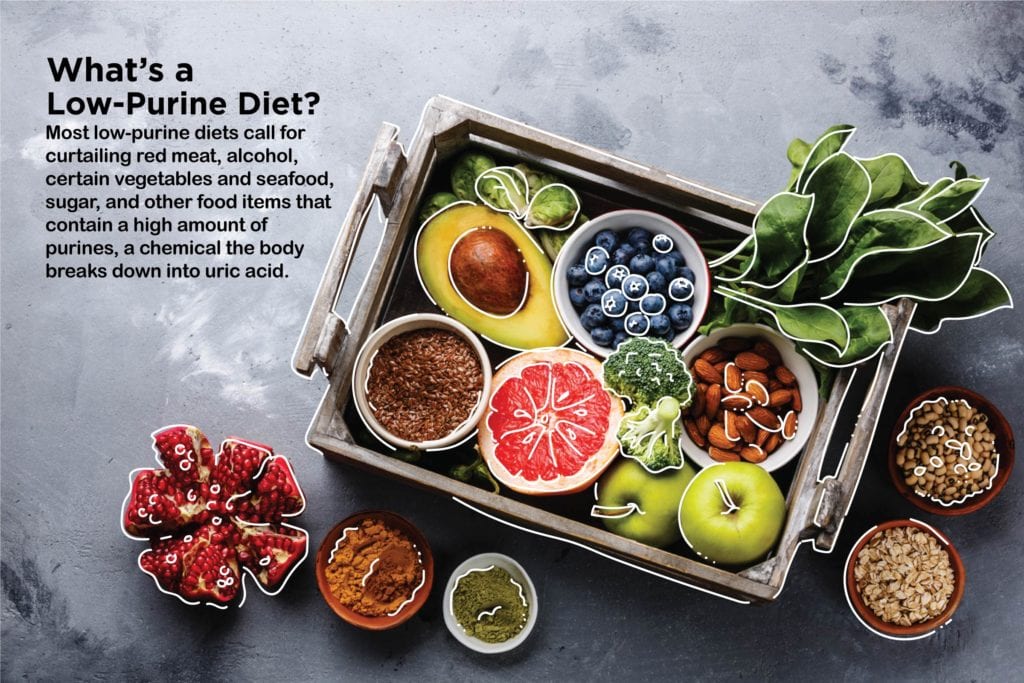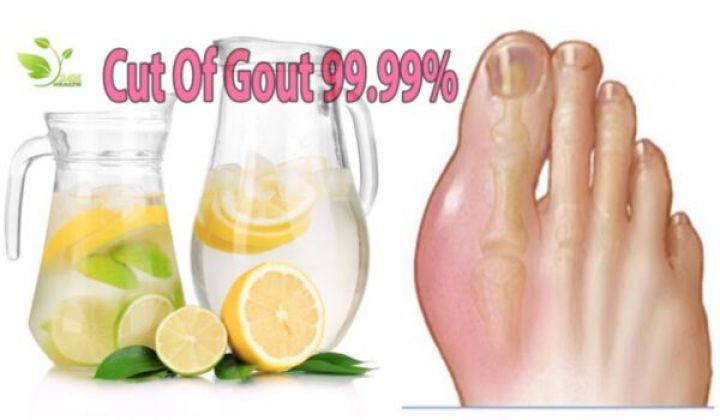
Patients with gout are advised to decrease their intake of foods rich in purines, which increase the uric acid level. Novel genetic mapping study traces links between DNA variations and blood proteins.EULAR develops new recommendations for cardiovascular risk management.Gout medicine fails to improve cardiovascular outcomes in patients with ischemic heart disease.Corticosteroids can be injected directly into the affected joint to provide relief from pain and inflammation. Corticosteroids are used to reduce joint inflammation in severe cases of gout.However, colchicine can cause side effects such as diarrhea, vomiting and abdominal pain. This agent is not a pain reliever but acts by reducing the ability of the urate crystals to cause inflammation of the joint lining, therefore indirectly relieving the pain associated with a gout attack. Examples of drugs in this class include diclofenac and naproxen.įor people who cannot take NSAIDs due to side effects or because the drugs are ineffective, colchicine can be used instead. Non-steroidal anti-inflammatory drugs (NSAIDs) are commonly used, which reduce both pain and inflammation. Medications include anti-inflammatories and pain relievers.
#Medication for gout skin#
The ice pack should be applied for around 20 minutes, although not directly to the skin as this can cause ice burns. The joint should be completely rested and the relevant limb raised and kept cool by placing an ice pack over it.


Once a diagnosis of gout has been confirmed, treatment is aimed at achieving the following:

Ananya Mandal, MD Reviewed by Sally Robertson, B.Sc.


 0 kommentar(er)
0 kommentar(er)
